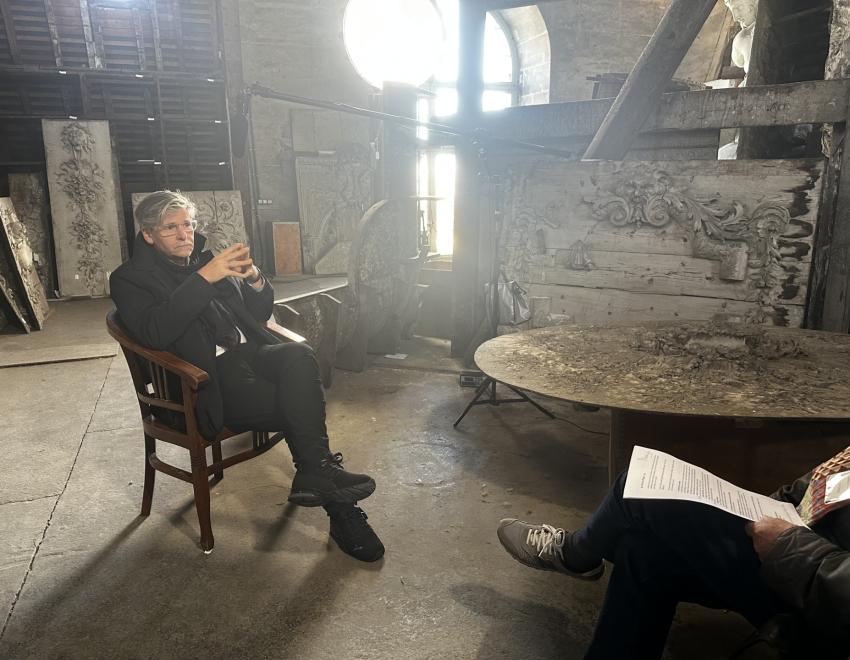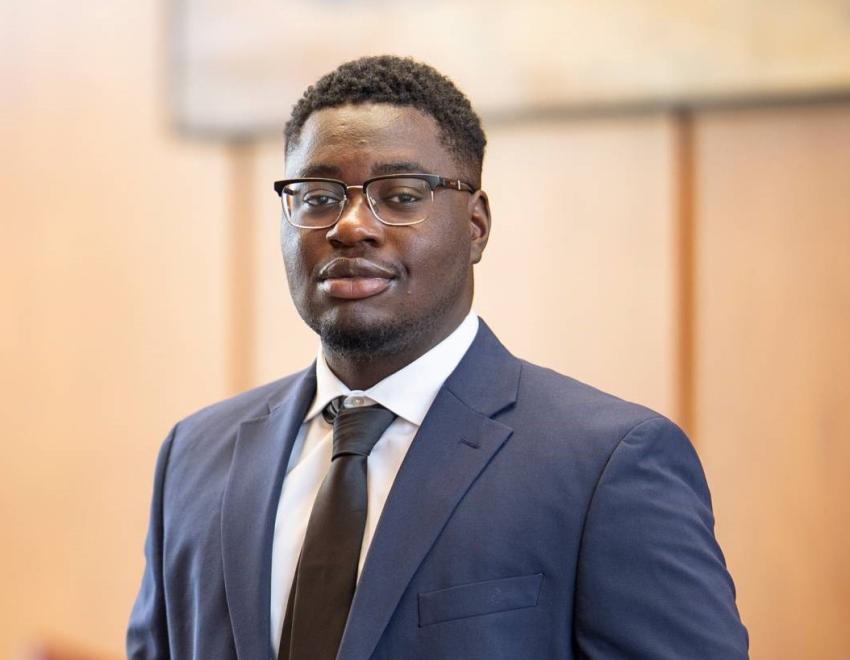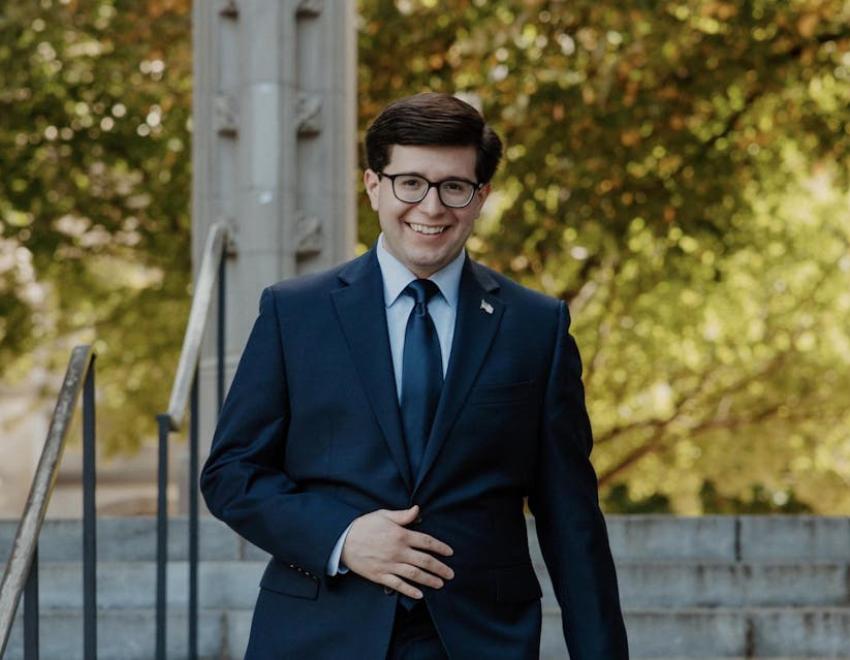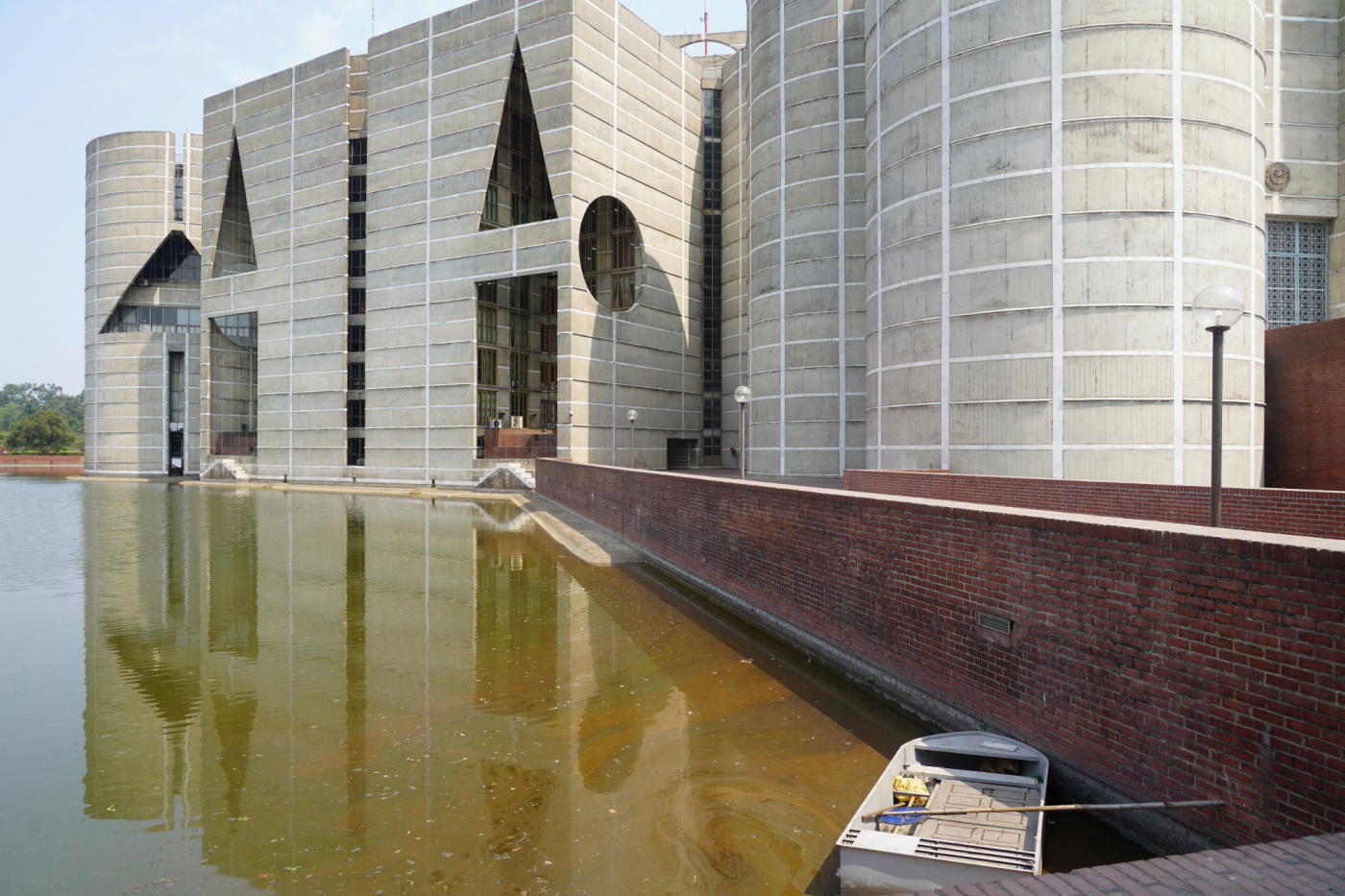
On the occasion of World Architecture Day, Nicole Wagenblast spoke with Politics professor Jan-Werner Müller about what political science can contribute to a better understanding of architecture.

NW: You have been teaching an undergraduate seminar on “Architecture and Democracy” for many years. What kind of questions do students address there?
JWM: Most people have an intuitive understanding that architecture has something to do with power: you need power to build and what you end up building influences power relationships in society. Winston Churchill famously said: “first we shape our buildings, and then our buildings shape us.” We try to understand such processes.
NW: And the democracy part?
JWM: There are multiple avenues into discussions of democracy, though some are more about city planning than architecture strictly speaking: are there styles and symbols that clearly signal a commitment to democracy? Just think of the recent Executive Order which claimed that classicism was the appropriate way to celebrate American democracy through the built environment. But there is also the issue of democracy needing spaces for public assembly and the exercise of other basic political rights.
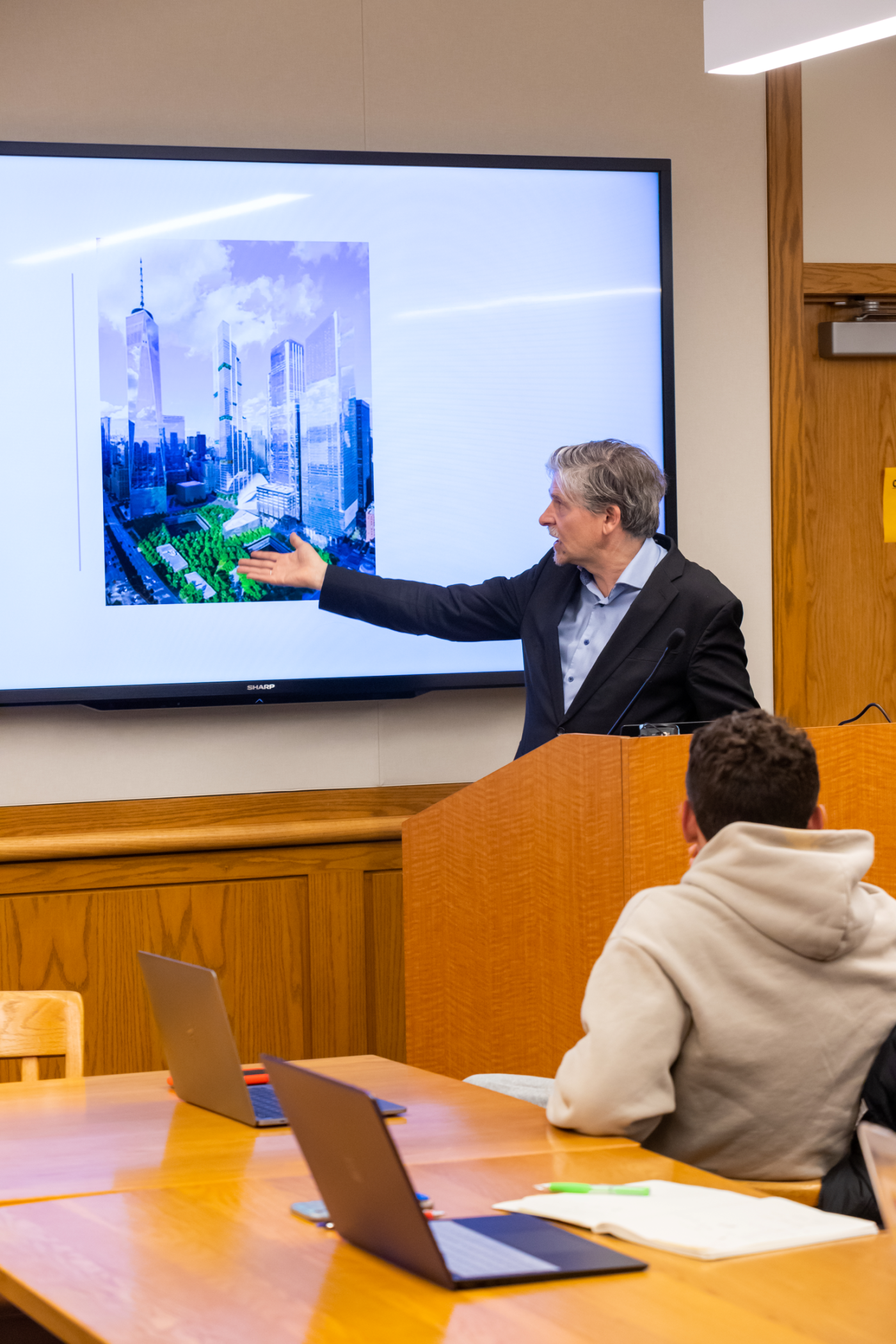
NW: What do students find particularly interesting?
JWM: That can vary, but many really enjoy discussing with Princeton University architect Ron McCoy, who I always invite to speak in the seminar. Some are also particularly interested in the topic of gentrification. Unlike a few years ago, there is now a sophisticated political theory literature on this topic, which allows one to formulate precise criticisms of gentrification in the name of different theories of justice.


